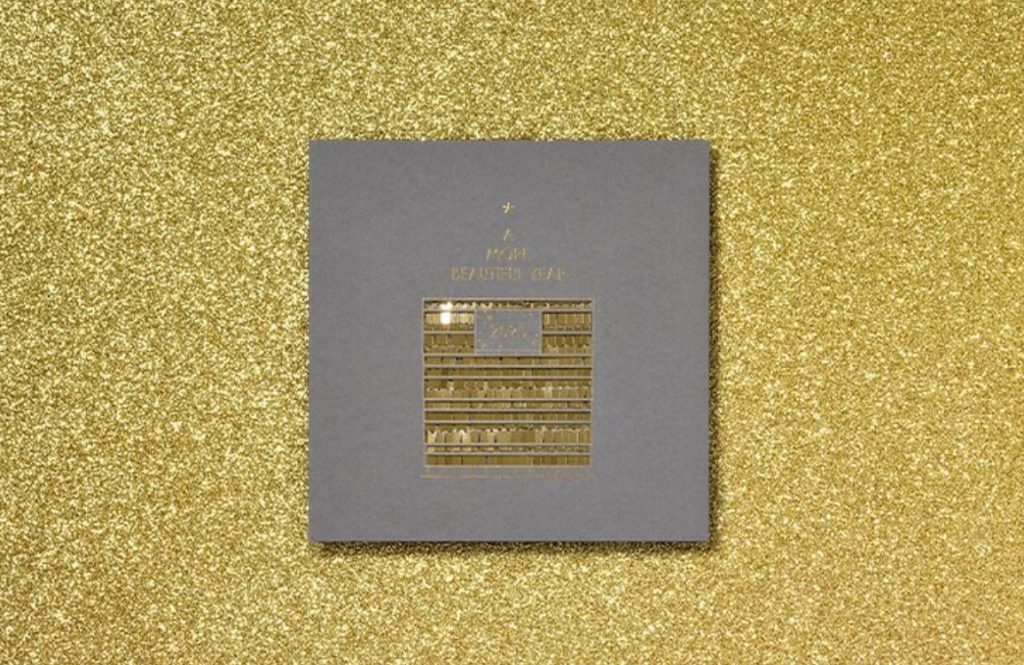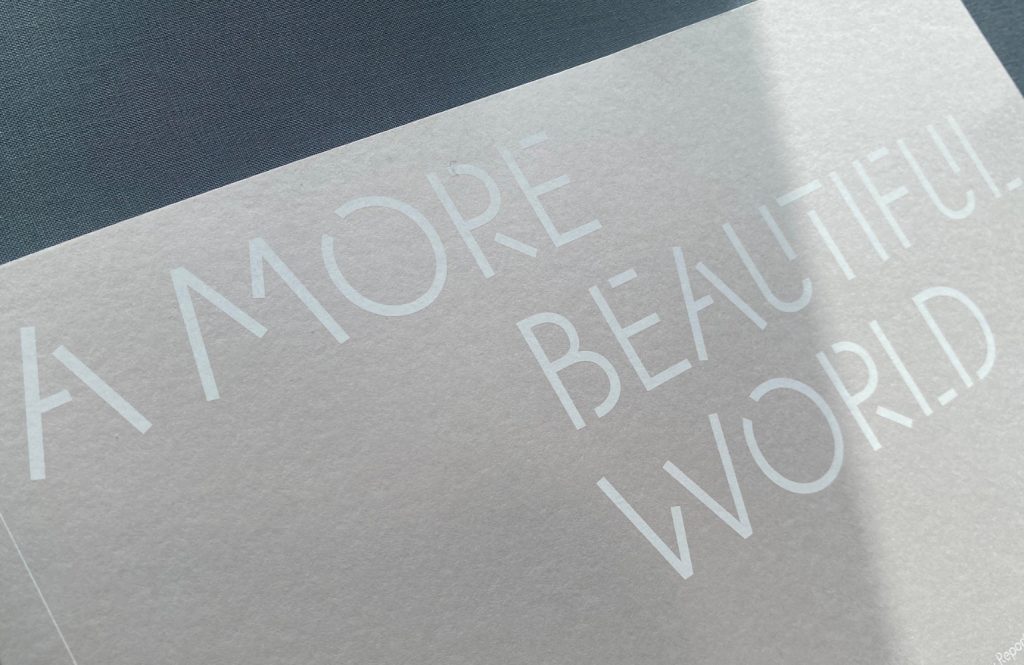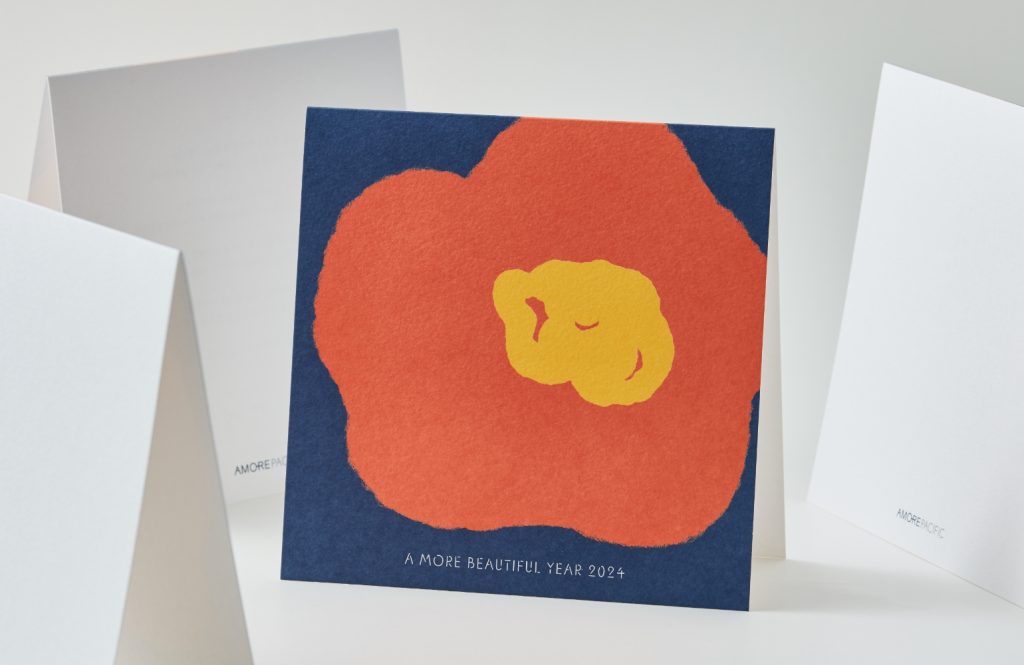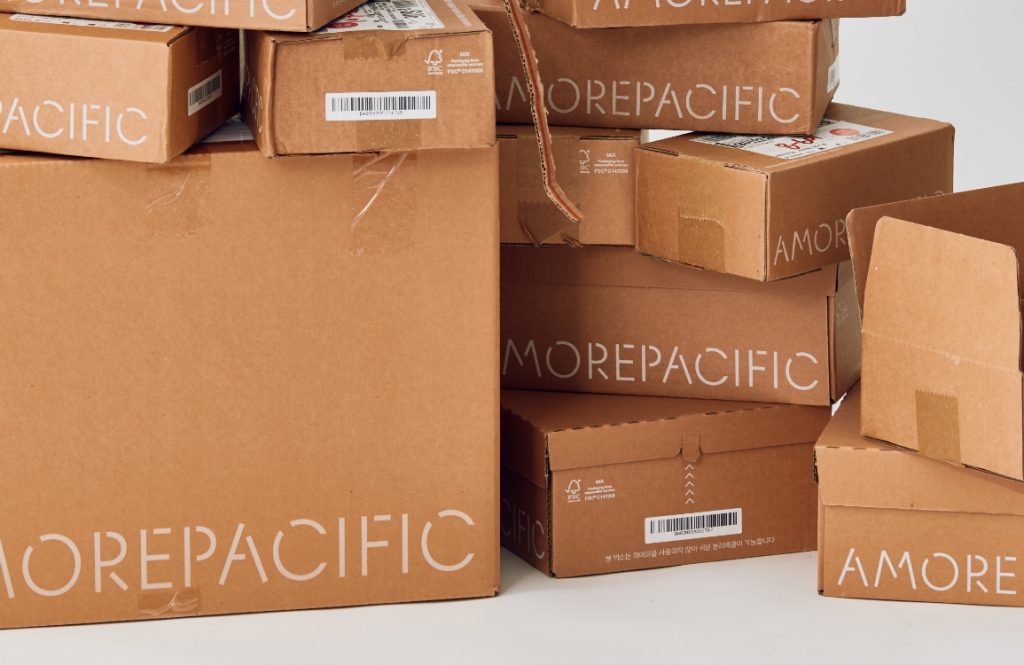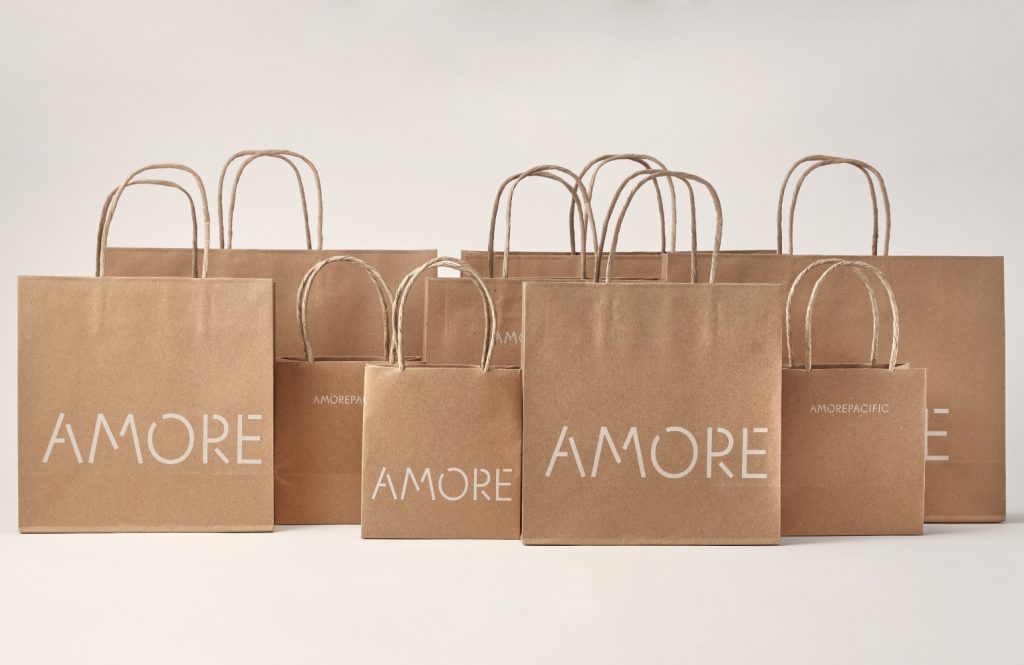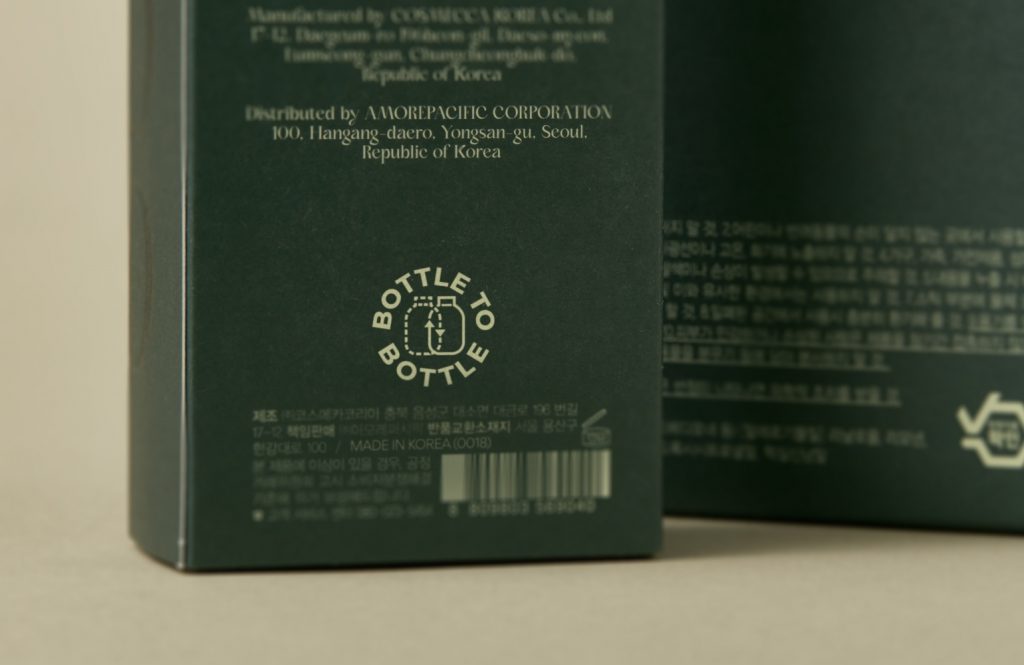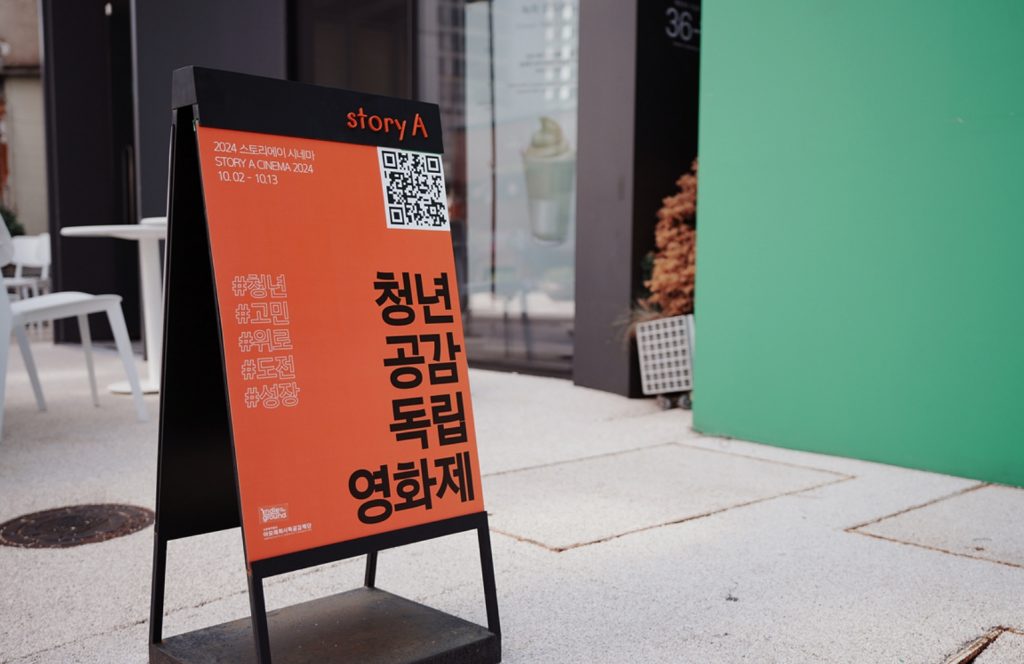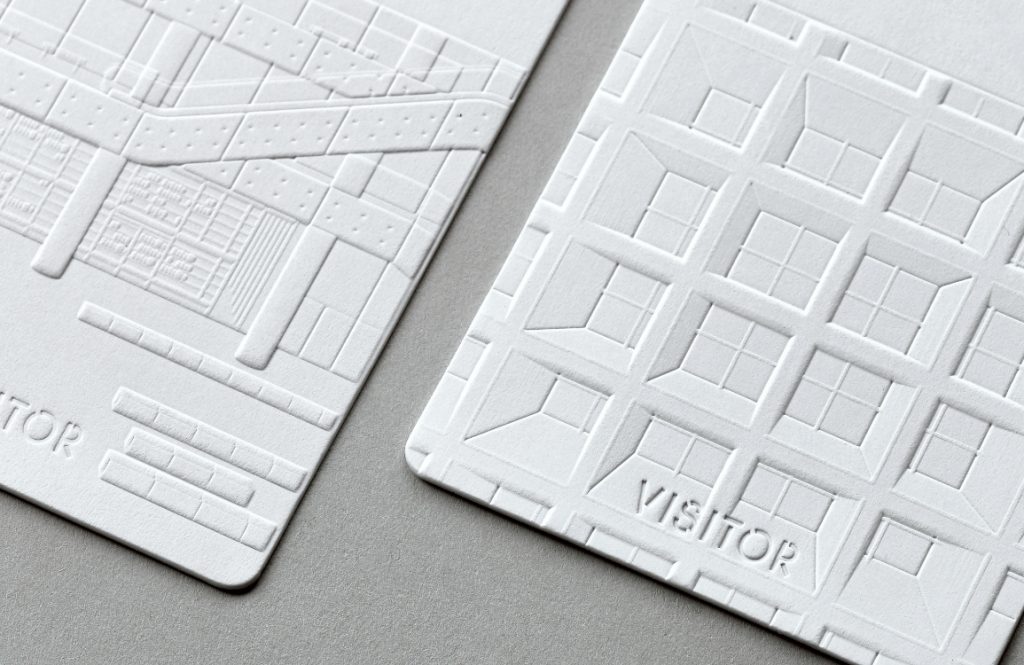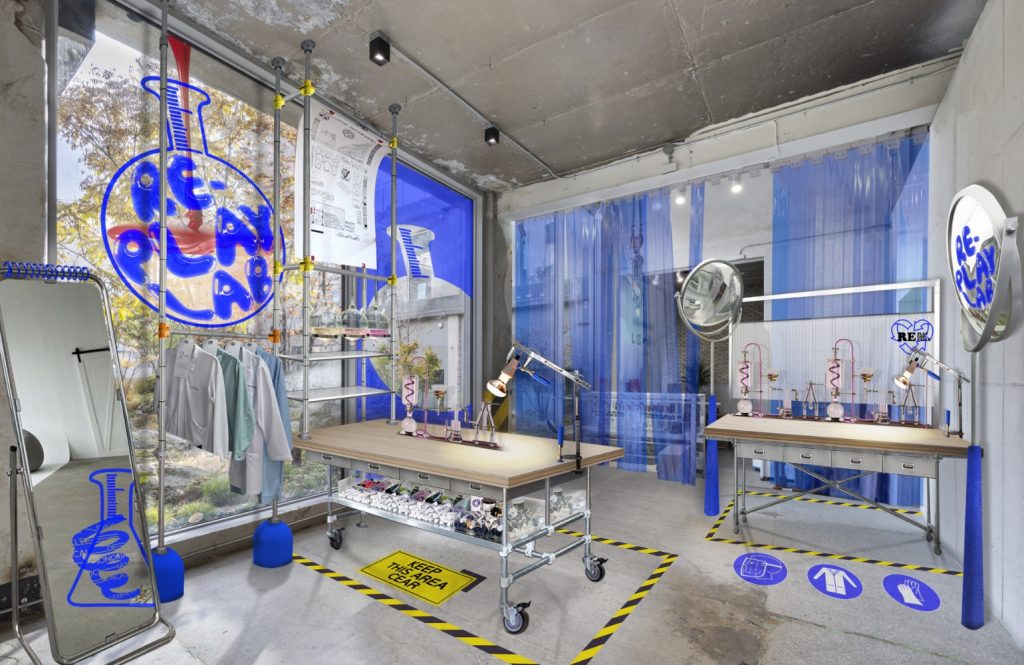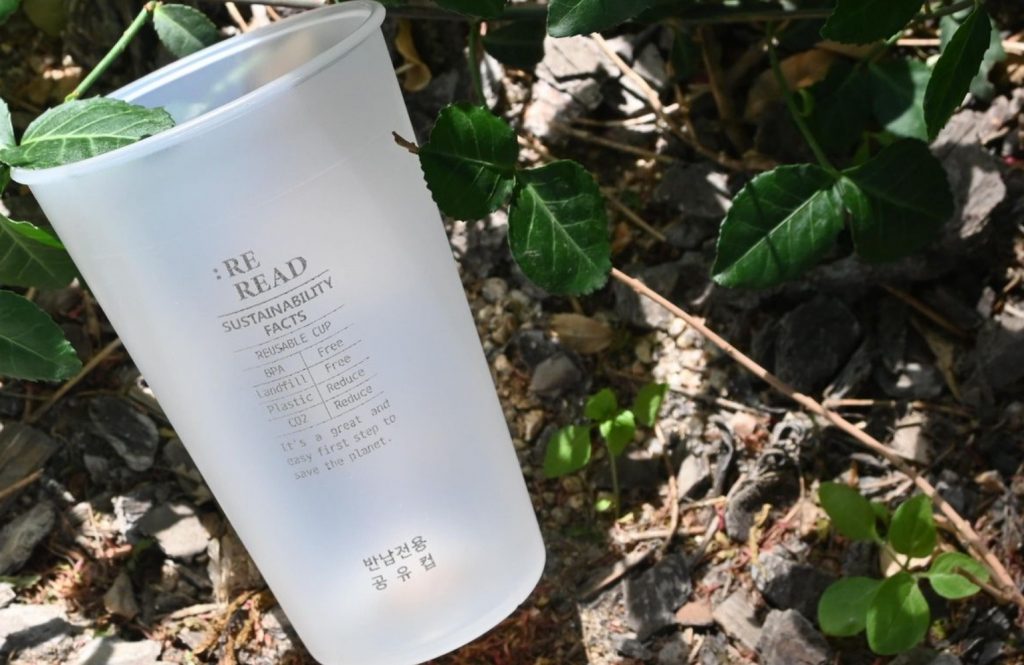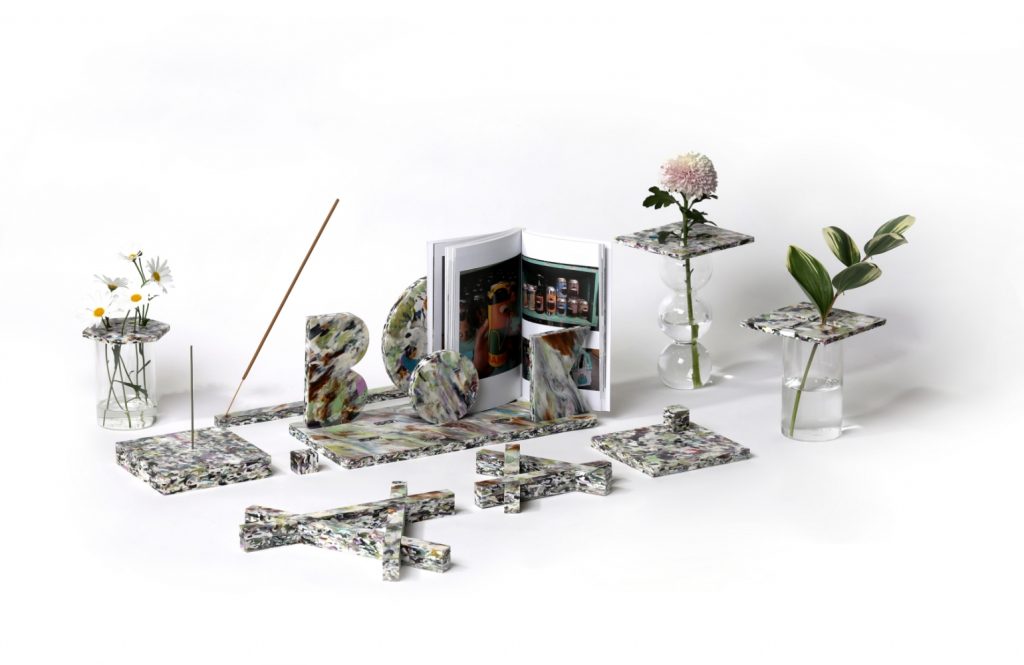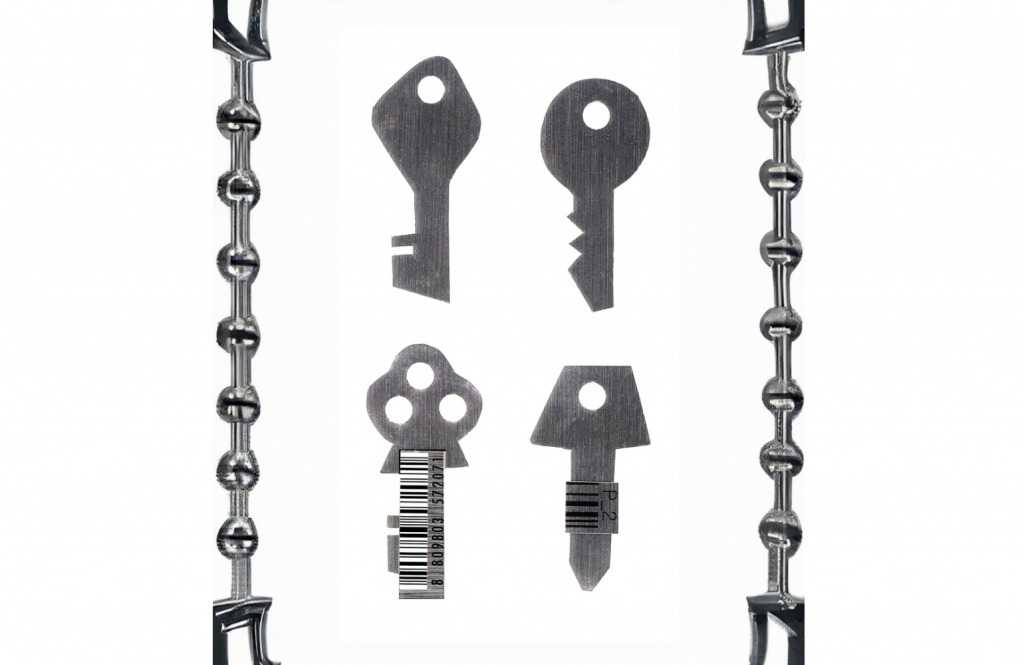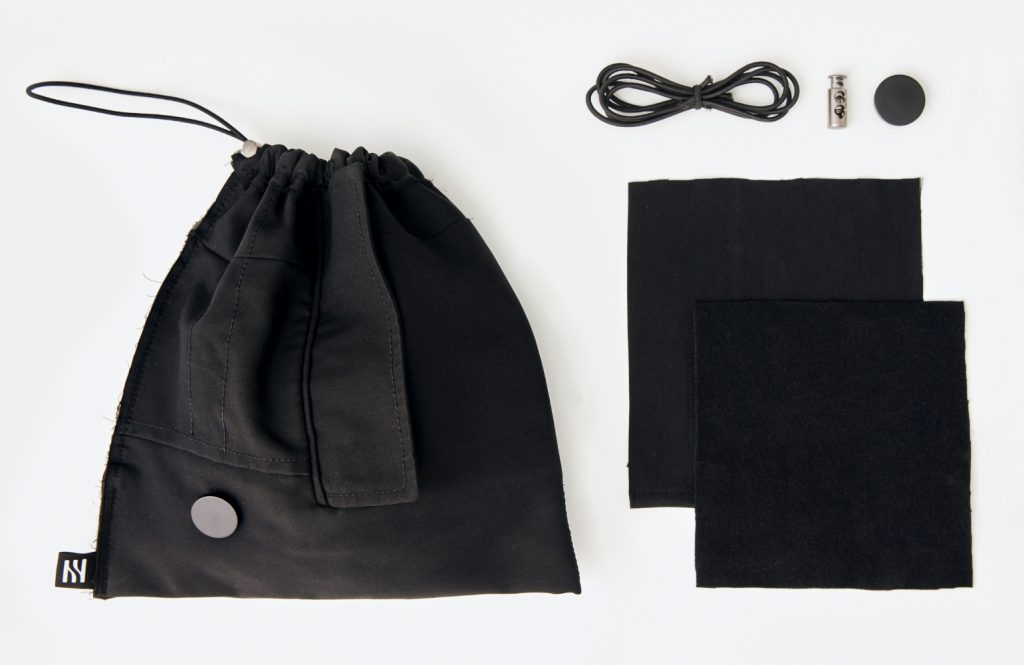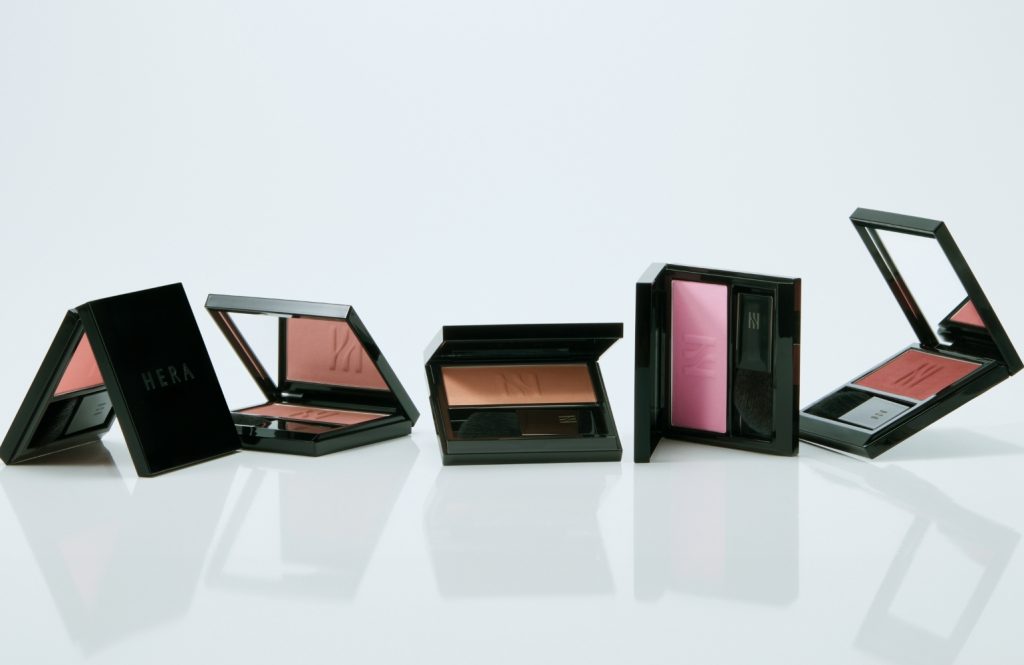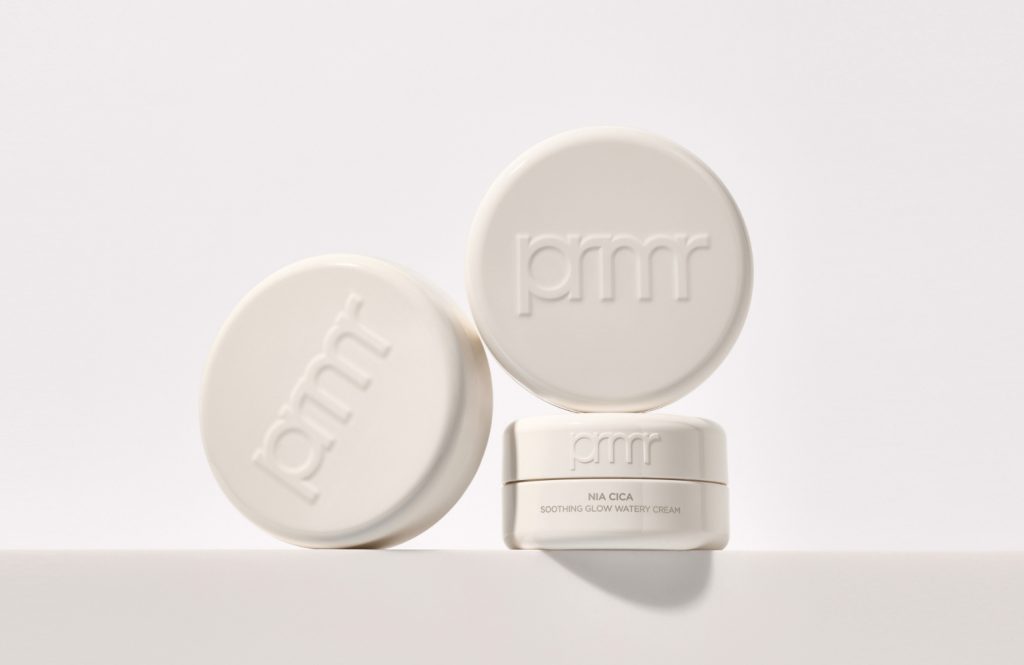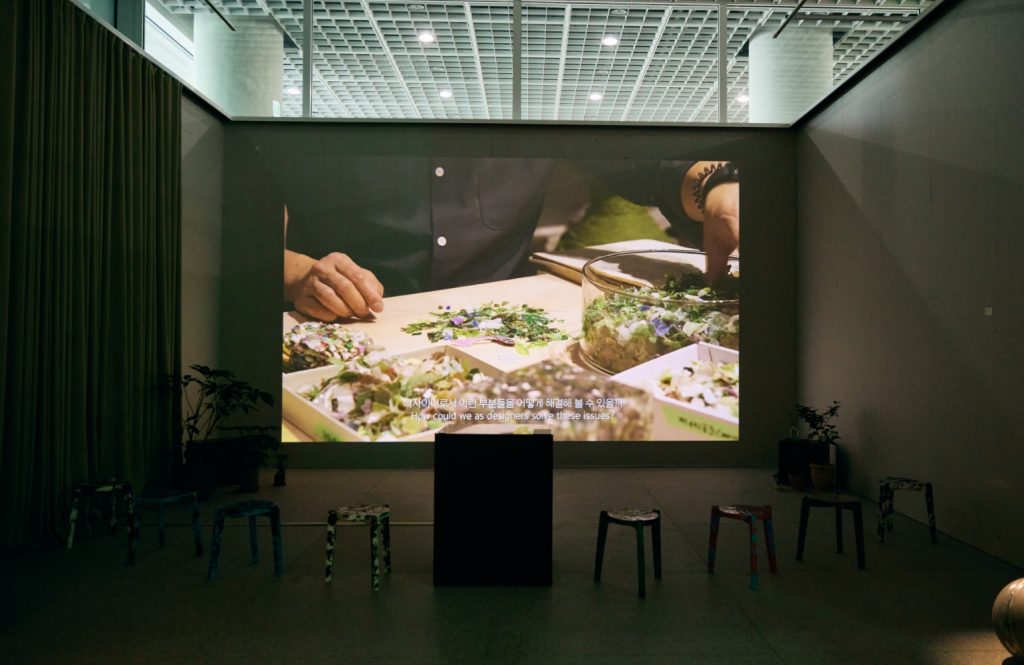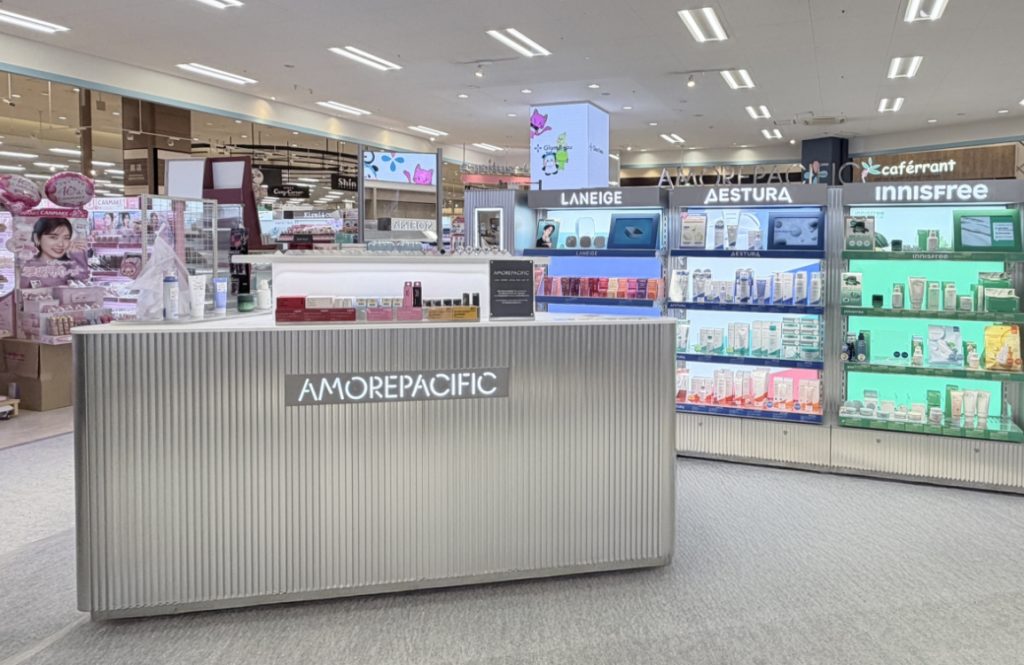Logistic Packaging Renewal
The existing logistics boxes were several years old and no longer in line with current CI guidelines, and customers were complaining about the difficulty of repacking them after opening and returning them. The project aimed to not only upgrade the design but also improve the customer experience through a complete redesign.
AS-IS

Tape-free type: 1 variety (Size 7)

Standard box type: 11 varieties (No. 1, No. 2, No. 4, No. 7, … No. 32)
The logistics boxes were available in two types — a tape-less version on the left and a standard box type on the right — with a total of 12 size variations in operation.
They were used not only for shipping from the brand’s own online store, but also across multiple channels including partner malls, B2B transactions, and inter-office logistics, making them a key component of various distribution flows.
TO-BE
“Overall design quality upgrade
through material innovation and
improved print precision.”
through material innovation and
improved print precision.”
1. Improved Print Quality
– Enhanced overall completeness through precise, high-resolution printing.
2. Refined Box Design
– Simplified and clarified the visual identity to reflect ESG management values while strengthening brand recognition.
3. Material Integration
– Unified the two existing paper materials into a single optimized substrate for better consistency and sustainability.
4. Component Design Alignment
– Extended design coherence beyond the box itself to include shipping labels, invoices, and order sheets, ensuring a cohesive overall brand look throughout the logistics experience.
– Enhanced overall completeness through precise, high-resolution printing.
2. Refined Box Design
– Simplified and clarified the visual identity to reflect ESG management values while strengthening brand recognition.
3. Material Integration
– Unified the two existing paper materials into a single optimized substrate for better consistency and sustainability.
4. Component Design Alignment
– Extended design coherence beyond the box itself to include shipping labels, invoices, and order sheets, ensuring a cohesive overall brand look throughout the logistics experience.
Because the boxes are used across multiple channels and their monthly usage volume is extremely high, even a slight increase in cost could become a major issue.
Therefore, we prioritized improvements that could be implemented without significant additional expense, and developed step-by-step strategies accordingly.

1. Improved Print Quality
The decline in print quality observed in the existing boxes was largely attributable to the paper material.
Furthermore, under the new CI guidelines, the wordmark is predominantly expressed in silver or white—a color scheme that does not perform well on dull or uneven paper tones.
To address this, we proposed replacing the existing light-colored paper with high-grade KLB paper, ensuring sharper contrast and improved overall quality suitable for the updated design system.

2. Box Design Refinement
In alignment with the latest CI guidelines, the CI wordmark and text color used on the boxes were changed to white.
To draw clearer attention to the wordmark, minor graphic elements in less noticeable areas were boldly removed, creating a more minimal and focused design.
Additionally, numerical indicators printed for logistics tracking—previously visible to customers—were relocated to less prominent areas.
Design updates also extended to promotional packaging and order detail forms to ensure brand consistency across all touchpoints.
For the tape-less boxes, which consist of upper and lower parts, printing was applied only to the bottom half, consolidating all necessary information there.
This adjustment significantly reduced printing costs while maintaining visual impact and clarity.
At the outset of the design phase, reaching alignment among stakeholders proved challenging.
To gain a clearer understanding, I visited the logistics line in person—an experience that revealed critical details about the workflow and automation processes that were difficult to grasp in office meetings.
This on-site observation generated valuable insights that were directly reflected in the design.
Because logistics boxes are first handled by warehouse and line operators, understanding these initial users’ needs was essential.
Design elements had to be rearranged according to which steps were automated and which required manual intervention—making the design practical and efficient in real-world logistics environments.


At the outset of the design phase, reaching alignment among stakeholders proved challenging.
To gain a clearer understanding, I visited the logistics line in person—an experience that revealed critical details about the workflow and automation processes that were difficult to grasp in office meetings.
This on-site observation generated valuable insights that were directly reflected in the design.
Because logistics boxes are first handled by warehouse and line operators, understanding these initial users’ needs was essential.
Design elements had to be rearranged according to which steps were automated and which required manual intervention—making the design practical and efficient in real-world logistics environments.

One major issue identified was that the tape-less boxes did not tear open cleanly, affecting the customer experience.
To solve this, we meticulously reviewed and tested variables such as the position of the perforation line, stitch length, starting points, and number of perforations.
Given the enormous production volume—tens of thousands of boxes per month—even small changes required careful validation.
However, because producing printed proofs was not feasible within the time and cost constraints of the production process, we adopted a pilot testing approach.
We created several prototype iterations, each reflecting incremental adjustments: The bottom box in the photo shows the initial version.
The middle box, featuring faint dotted arrow perforations, represents the intermediate stage.
The top box displays the finalized version, incorporating all refinements.
Each prototype underwent a full simulation cycle—packaging, shipping, unboxing, and disposal—to ensure optimal usability and durability.
Through this hands-on testing, we fine-tuned every micro-detail to achieve a smooth and satisfying unboxing experience.

One major issue identified was that the tape-less boxes did not tear open cleanly, affecting the customer experience.
To solve this, we meticulously reviewed and tested variables such as the position of the perforation line, stitch length, starting points, and number of perforations.
Given the enormous production volume—tens of thousands of boxes per month—even small changes required careful validation.
However, because producing printed proofs was not feasible within the time and cost constraints of the production process, we adopted a pilot testing approach.
We created several prototype iterations, each reflecting incremental adjustments: The bottom box in the photo shows the initial version.
The middle box, featuring faint dotted arrow perforations, represents the intermediate stage.
The top box displays the finalized version, incorporating all refinements.
Each prototype underwent a full simulation cycle—packaging, shipping, unboxing, and disposal—to ensure optimal usability and durability.
Through this hands-on testing, we fine-tuned every micro-detail to achieve a smooth and satisfying unboxing experience.

Tear tape position and perforation line
before (left) and after (right) modification
before (left) and after (right) modification

Tear tape position and perforation line before (left) and after (right) modification


3. Material Change
The previous box material had a low pulp content, which caused irregular tearing when opened—resulting in an unclean user experience.
Through multiple cross-departmental consultations, we coordinated cost considerations and succeeded in applying the KLB liner, previously used for only one type of box, across all box types.
This change improved tear consistency, structural durability, and print quality without significantly increasing production costs.


4. Component Design Changes
In addition to the boxes themselves, delivery packaging includes various ancillary components such as order receipts, promotional wrappers, small-package stickers, and shipping labels.
Since these components were developed at different times, each followed different CI guidelines, resulting in a lack of overall visual consistency.
To address this, we unified the design across all materials for a cohesive logistics brand experience. Special attention was given to the shipping label, one of the first elements customers encounter.
The previous template—provided by the courier company—featured multiple bright colors that visually overpowered the box design.
Recognizing that the label is an unavoidable component, we integrated it into the overall design system rather than treating it as a separate element.
Through collaboration with the logistics partner, we revised the label to a black-and-white base, highlighting only key information such as “Core Customer” in magenta—turning it into a coherent graphic element.
Additionally, the label placement, which was previously inconsistent and visually awkward, was optimized in partnership with the logistics team by adjusting equipment alignment for precise positioning.


Currently, all 12 types of delivery boxes have been updated with the new unified design.


The project, which spanned over a year, coincided with the COVID-19 pandemic, a time when ordering and receiving packages by courier became a daily routine for many.
We personally opened numerous domestic and international parcels, photographing and documenting each one while continuously exploring ways to improve the delivery and packaging experience.
As someone who uses courier services more than most, this process of improvement was both challenging and deeply engaging—a journey of small but meaningful discoveries.


Although logistics boxes may seem small and inexpensive, they play a crucial role at the customer touchpoint.
I would like to express my sincere gratitude to everyone who collaborated closely, made thoughtful decisions, and provided active support throughout this project—especially the Digital Logistics Team, whose expertise and dedication made these improvements possible.
- Amorepacific Creatives
- Design
- 강유선









